This technology introduces an opportunity for manufacturing quality, uniform and consistent products to a degree not easily achieved with human or other optical inspection systems. Read More…
When it comes to machine vision systems, we have the tools to get the job done right. We work hard to provide the best solutions and products to meet our customers’ demand. It is our goal to work with you from start to finish on all aspects of design and production. We will do our best to provide the solution to even your most challenging requirements. Find out more by contacting us today!
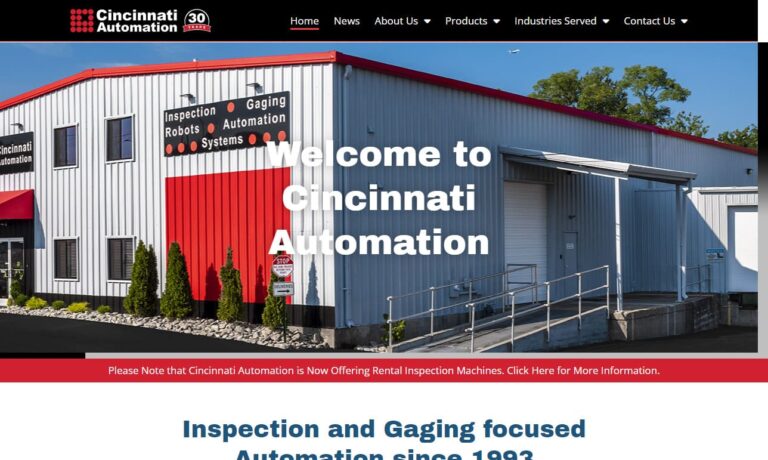
A family-owned business since 1923, Barr-Thorp Electric Company, now known as Thorp Controls provides electrical control solutions for OEMs, system integrators, and industrial users. From sourcing to engineering to installation and beyond, you can rely on us for efficient, reliable solutions. Our goal is to provide you with the technology you need to be more profitable. Our machine vision...
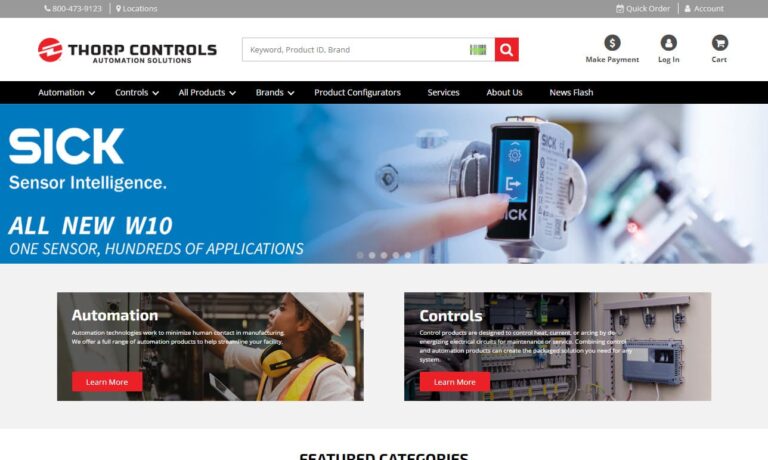
PrimeTest Automation is a full service systems integration company with a talented in-house engineering team featuring mechanical, electrical, and software engineers. Services include: conveyor systems, machine vision components, robotic systems and rotary index dials. All systems are modeled using the latest 3-D design software, thoroughly reviewed with the customer.
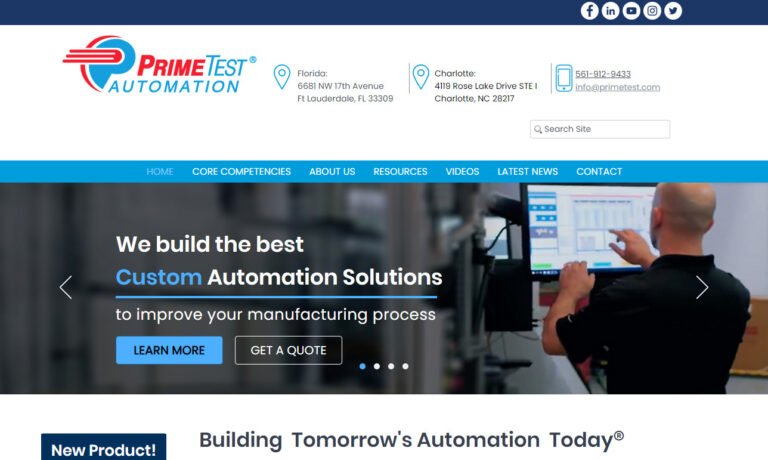
Imperx Inc. is a designer and manufacturer of high performance machine vision products, specifically digital cameras and frame grabbers. Industries served include the aerospace, industrial, commercial, and military industries. Product applications include biometrics, aerial mapping, traffic management, surveillance, homeland security, medical imaging, printing, and more.
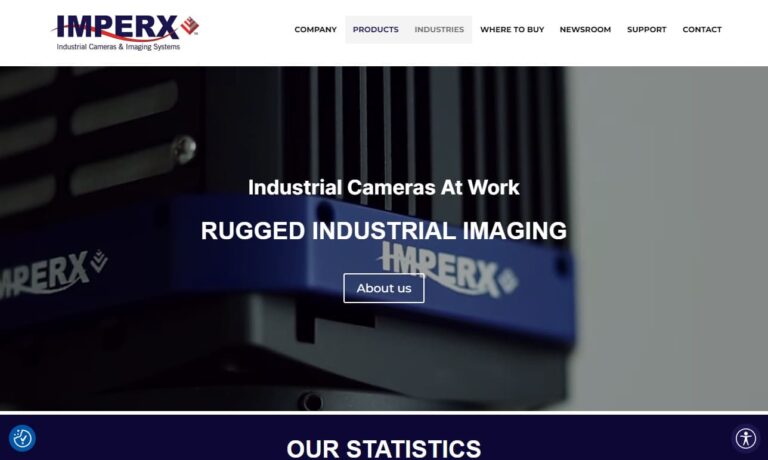
More Laser Inspection Manufacturers
Laser inspection involves the use of a specific type of photoelectric sensor that employs a highly focused beam of light to detect surface defects at a microscopic level, count parts as they move through production and scan codes or serial numbers as needed for a given application. While other vision inspection systems are also used to this extent, many industries prefer lasers which offer non destructive mechanical and structural evaluation for parts, equipment, repairs and products.
Aerospace, warehouse, pharmaceutical, automotive, food processing, communications, and retail industries among others rely heavily upon laser inspection services in conjunction with vision sensors and software. With such broad capabilities, it is important to consider the performance specifications of a given laser inspection system with regards for its intended use in the industrial or commercial sector.
Common concerns include sensing mode, detecting range, position measurement window, resolution, available memory and response time. Properly applied laser inspection technology allows for the partial or fully automated sequencing of in-process and in-line testing and surveillance of products and materials.
The word laser is actually an acronym for "light amplification of stimulated emission of radiation." While many different wavelengths and types of lasers are widely available they share common features. The light produced by a laser is a coherent, monochromatic and highly directional. Furthermore, these beams do not expand over long distances as does ordinary light. This is important as it allows the extreme accuracy required in laser inspection applications.
Accurate results are not, however, achieved by the use of lasers alone. Instead, the devices are used in conjunction with vision sensors, processors and vision software to provide manufacturers with the complete data set for an object, component or material. The function of these photoelectric emitters and receivers is relatively straightforward. A mirror is used to direct a focused beam of consistent wavelength towards the surface of the item to be examined.
The light is then reflected back in varying amounts and intensities which are measured by pre-programmed software which collects the data and translates it into a user friendly readout. Fully automated systems go a step further and use this data to engage machines or robotics to remove defective components or sort parts as needed. Some laser inspection applications require that every item be passed under the device, while others select samples at random. Although the latter leaves some room for error, it is sufficient in most settings and still provides more adequate coverage than visual inspections by the workforce.

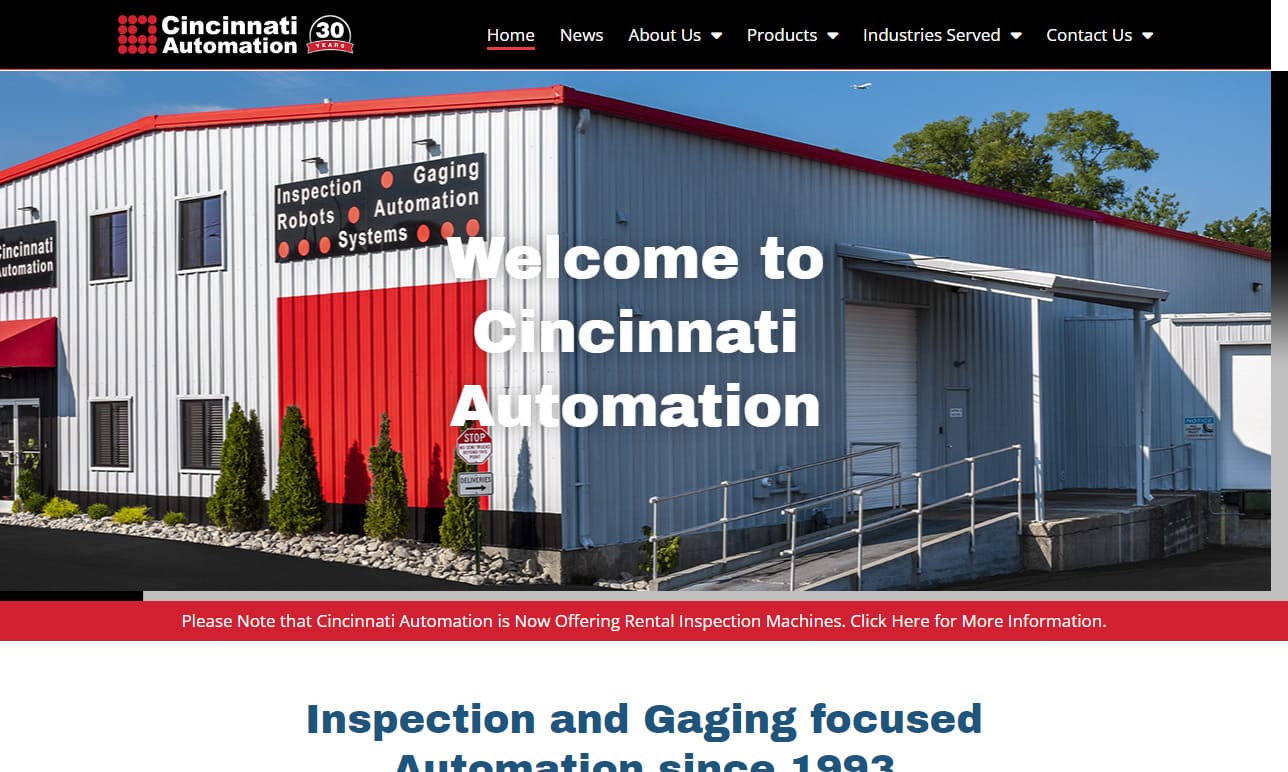
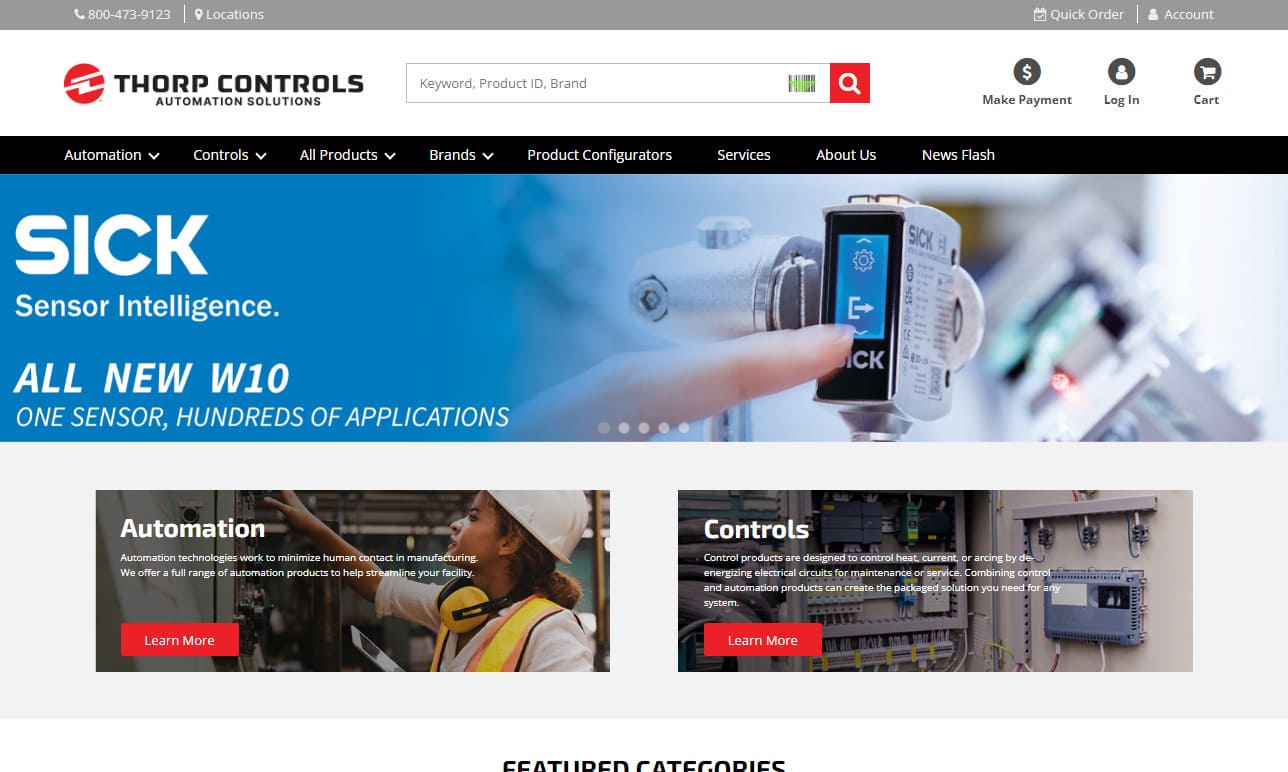
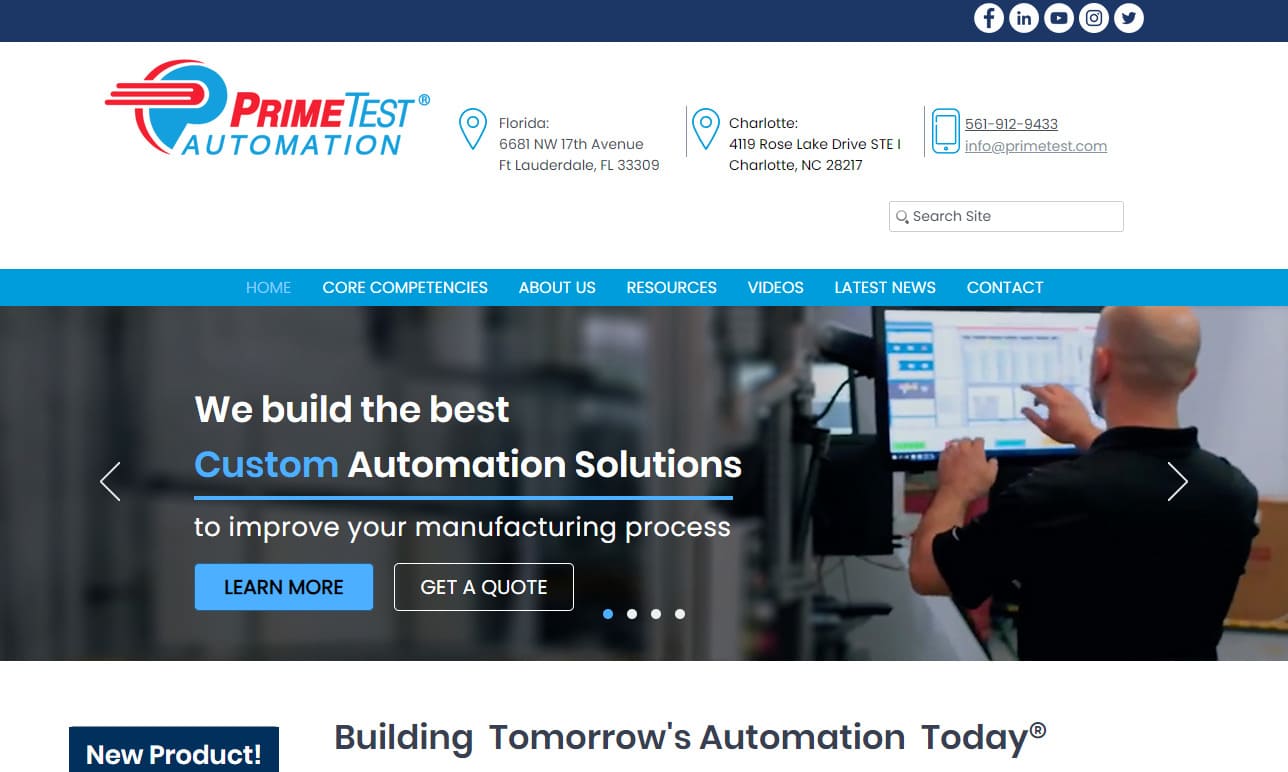
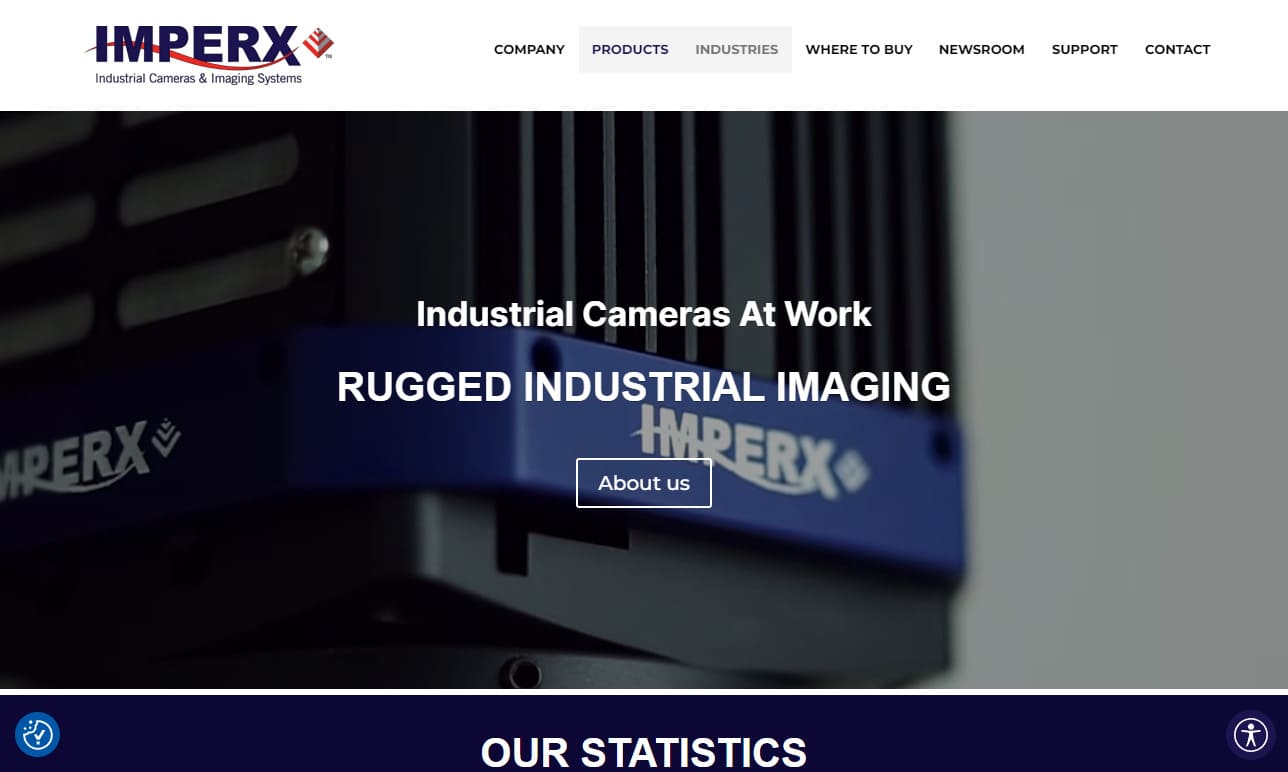
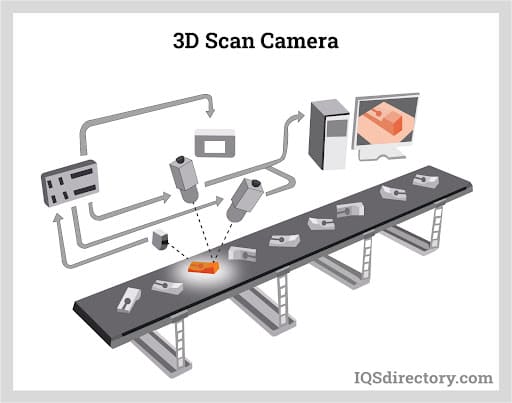
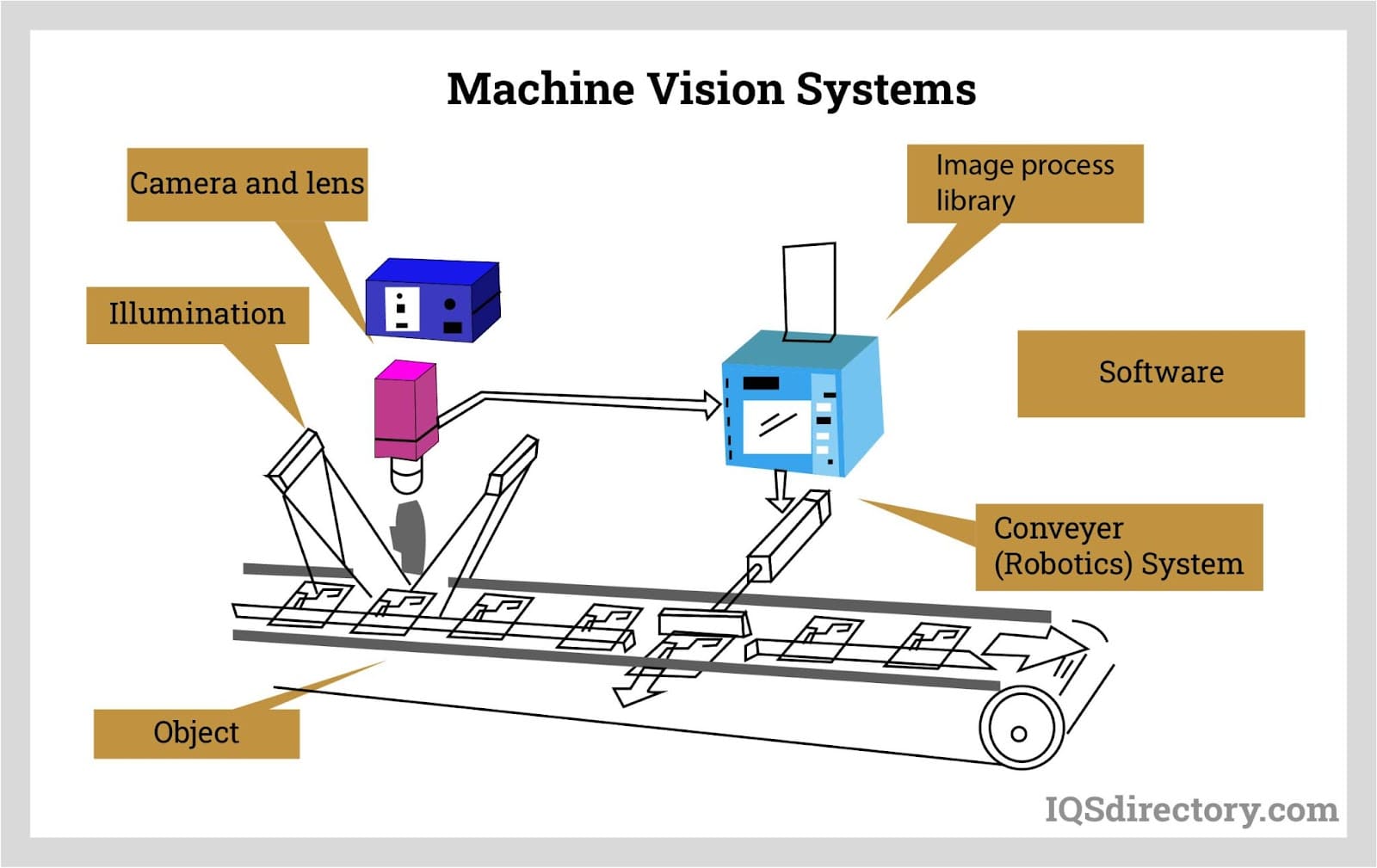
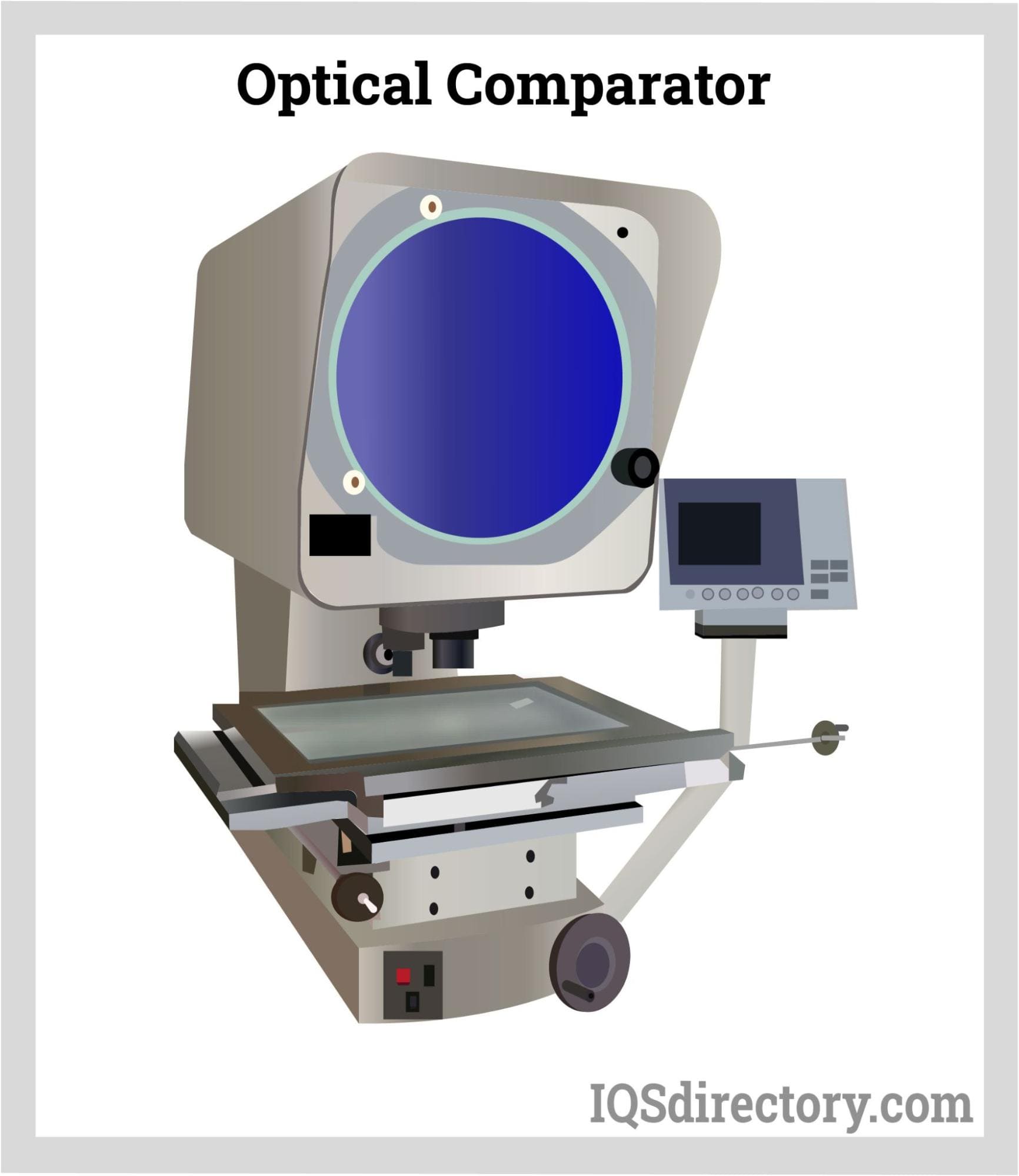
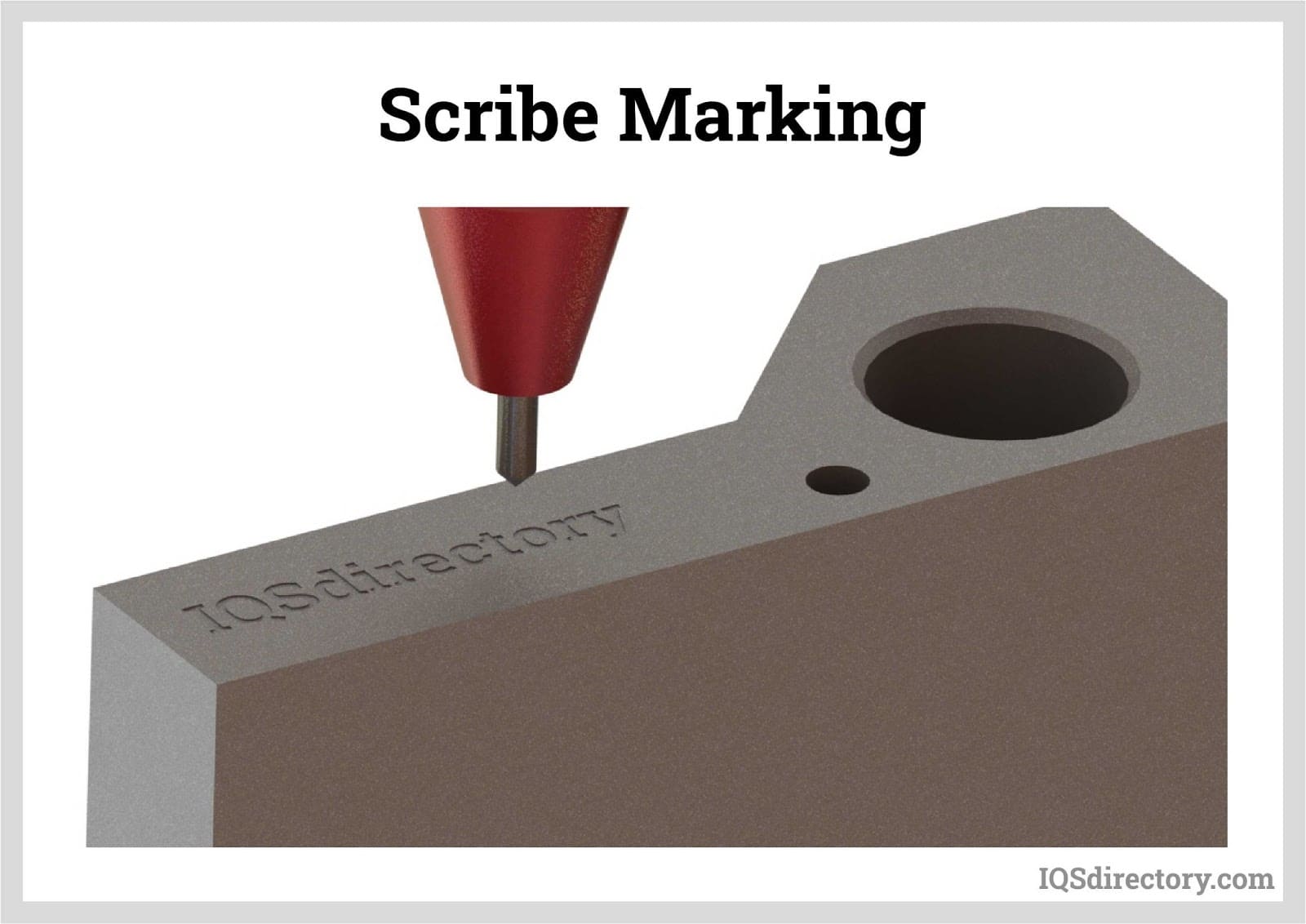
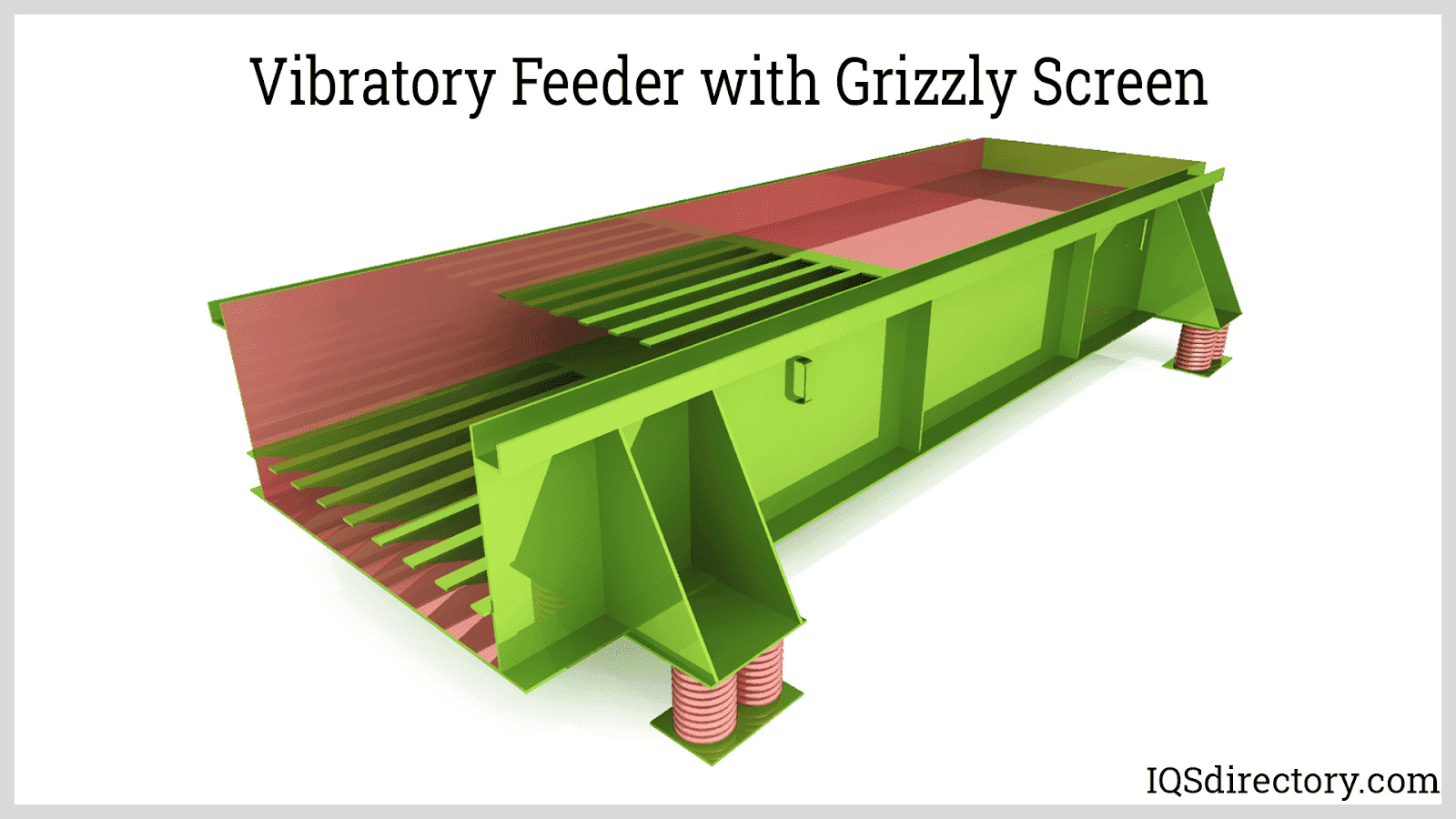

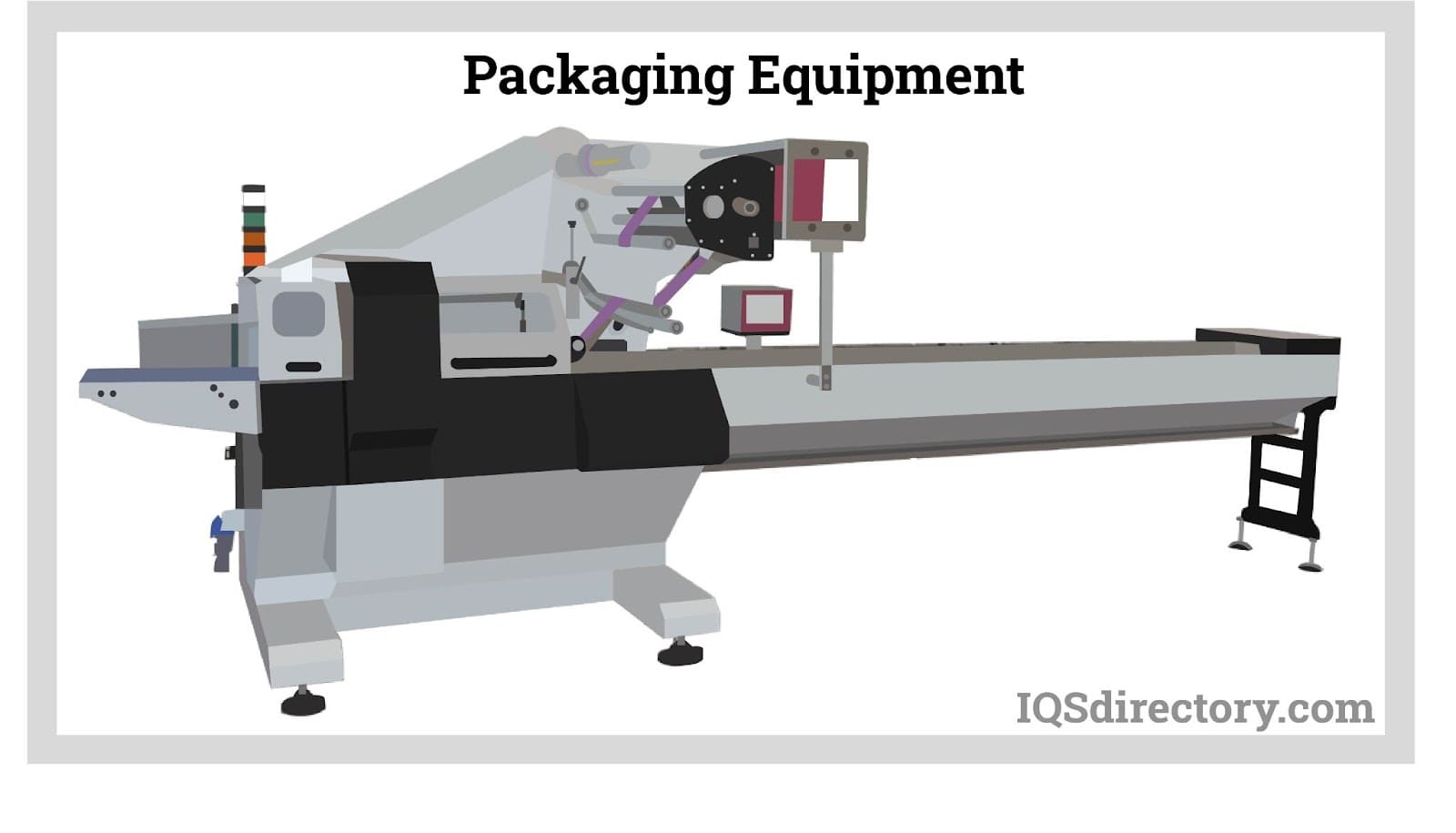
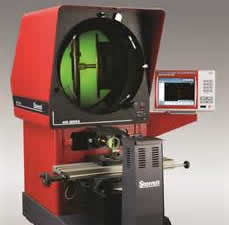 Calibration Services
Calibration Services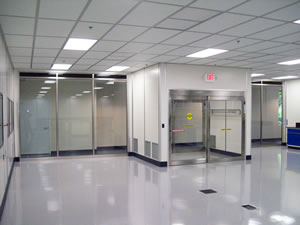 Clean Rooms
Clean Rooms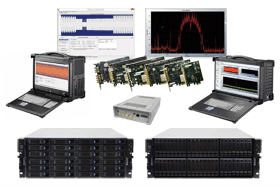 Data Acquisition Systems
Data Acquisition Systems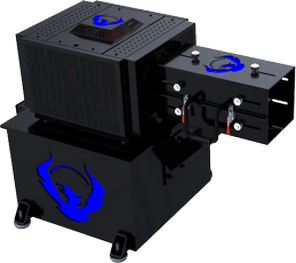 Dynamometers
Dynamometers Environmental Test Chamber
Environmental Test Chamber Leak Detectors
Leak Detectors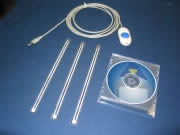 Load Cells
Load Cells Machine Vision Systems
Machine Vision Systems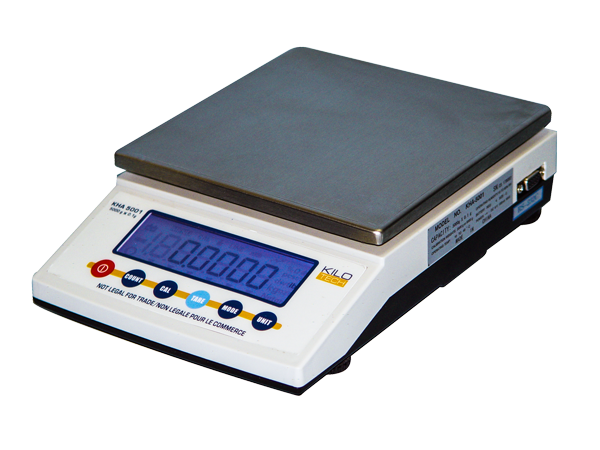 Scales
Scales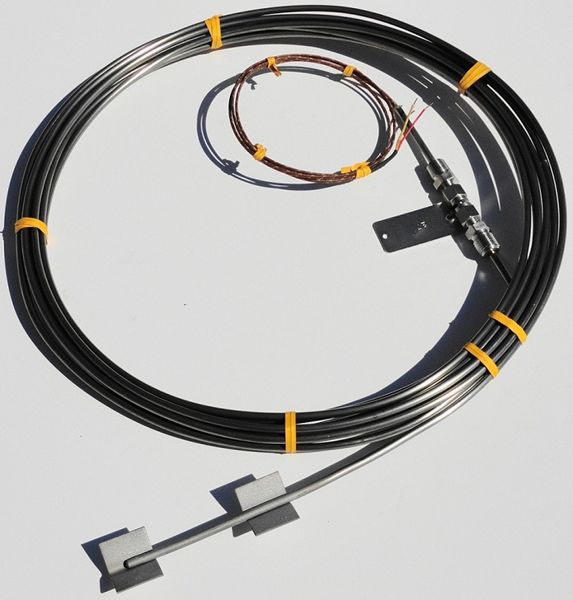 Thermocouples
Thermocouples Castings & Forgings
Castings & Forgings Bulk Material Handling
Bulk Material Handling Electrical & Electronic Components
Electrical & Electronic Components Flow Instrumentation
Flow Instrumentation Hardware
Hardware Material Handling Equipment
Material Handling Equipment Metal Cutting Services
Metal Cutting Services Metal Forming Services
Metal Forming Services Metal Suppliers
Metal Suppliers Motion Control Products
Motion Control Products Plant & Facility Equipment
Plant & Facility Equipment Plant & Facility Supplies
Plant & Facility Supplies Plastic Molding Processes
Plastic Molding Processes Pumps & Valves
Pumps & Valves Recycling Equipment
Recycling Equipment Rubber Products & Services
Rubber Products & Services